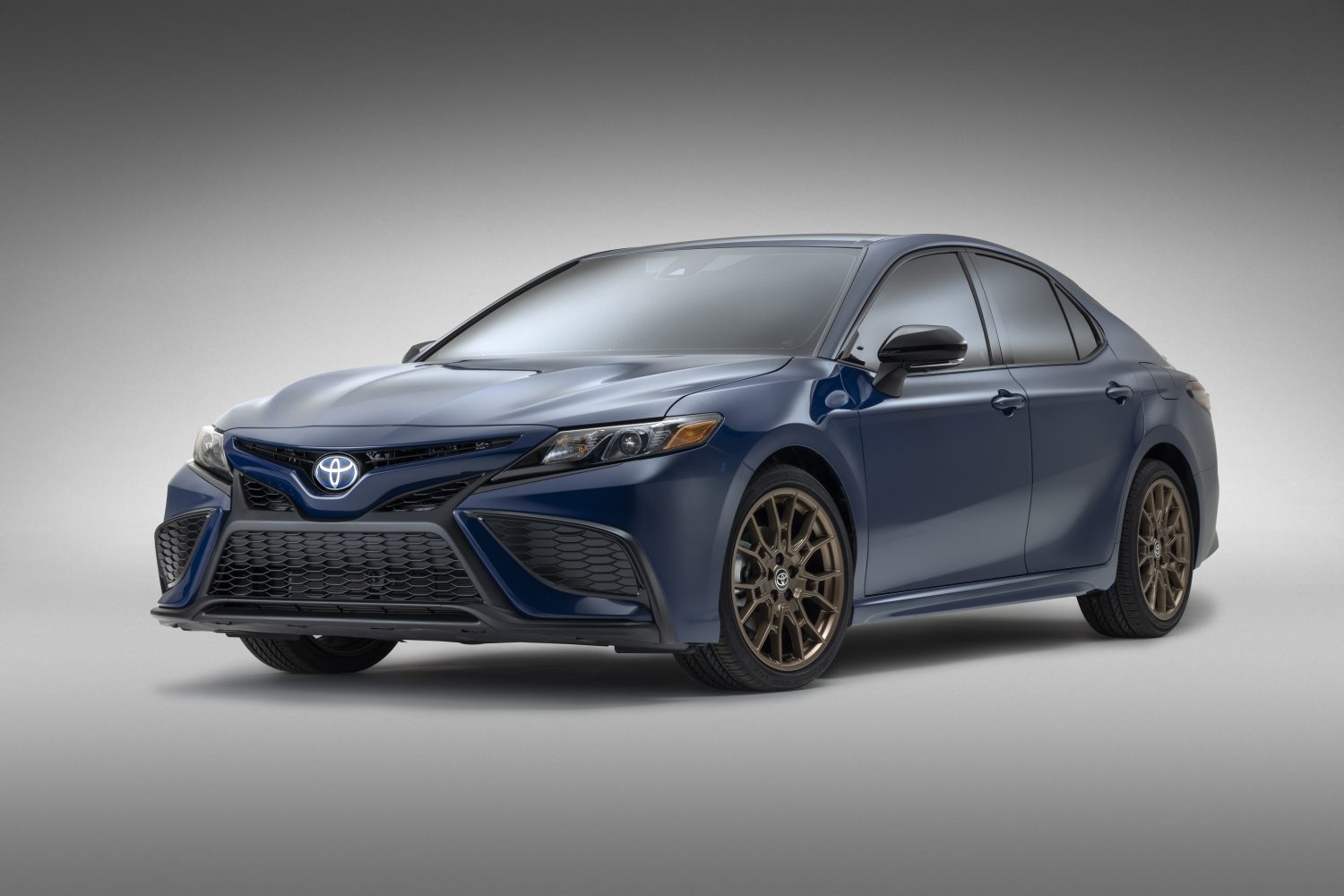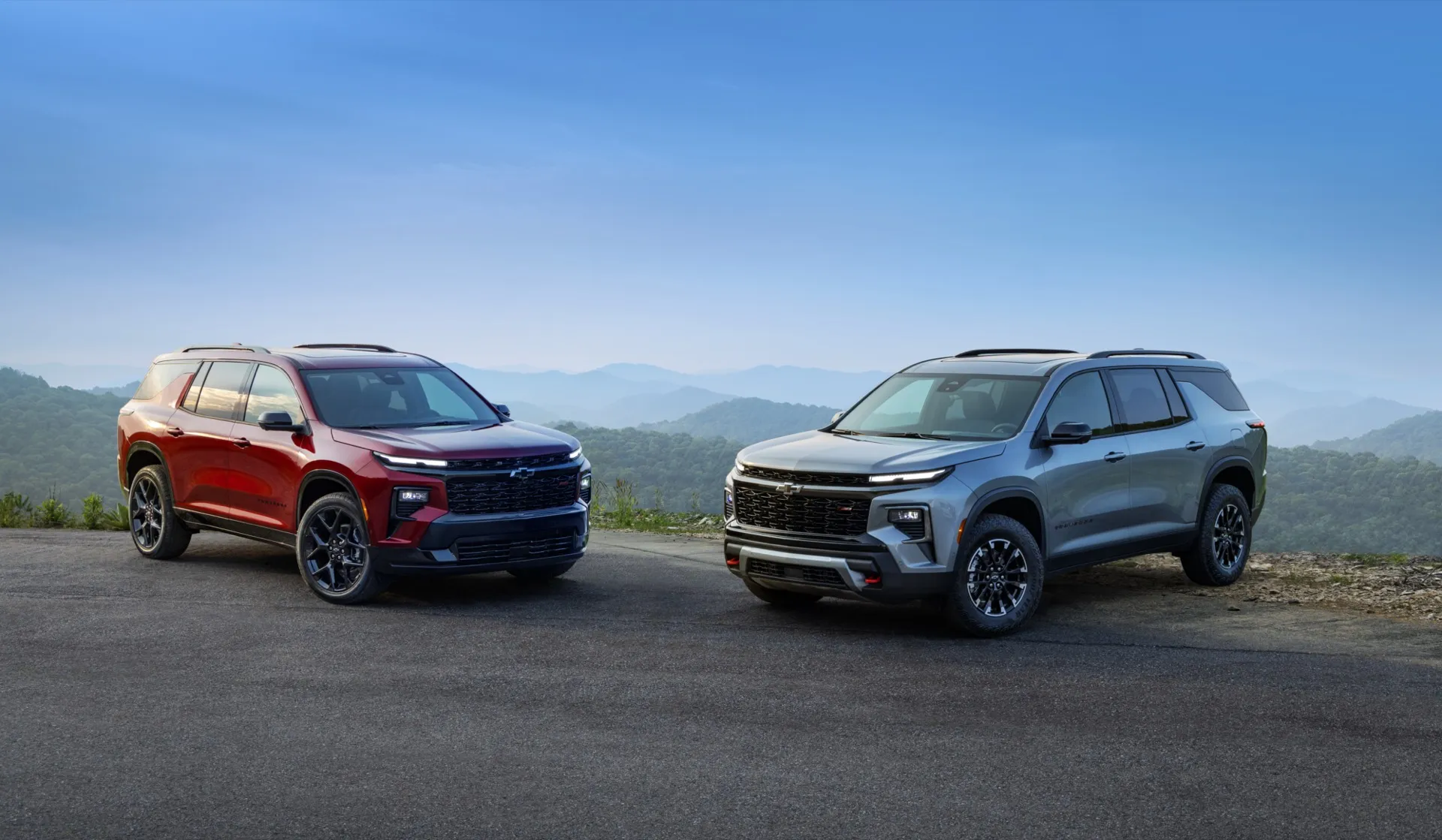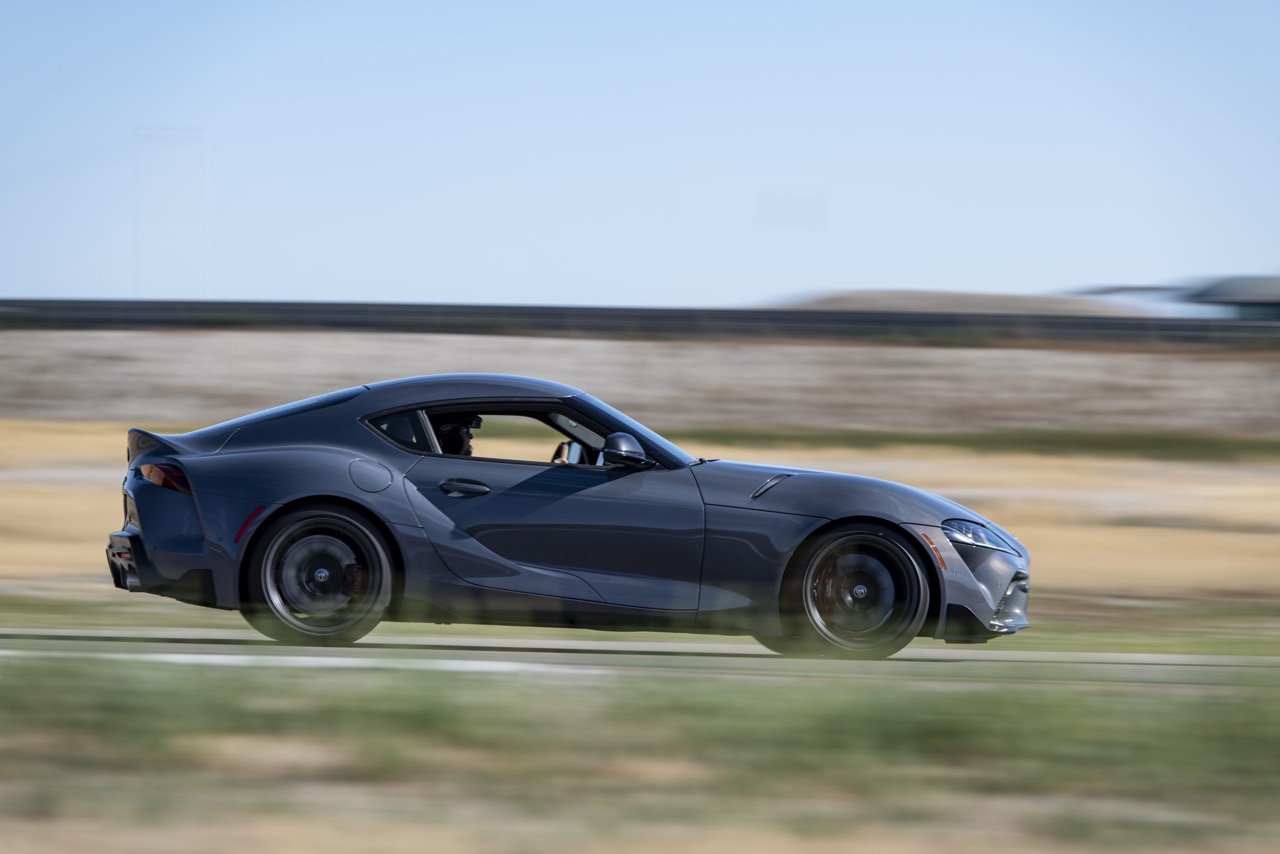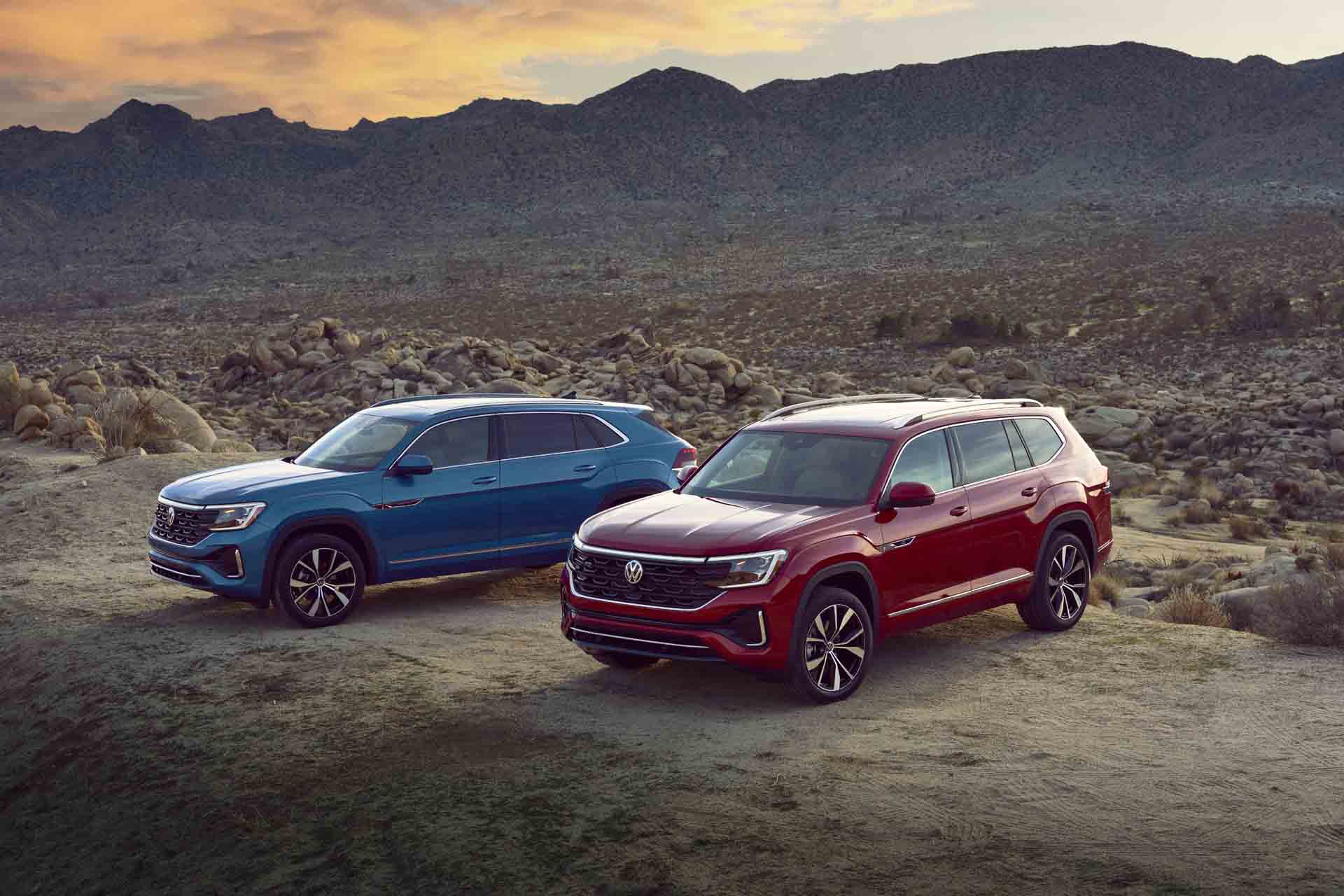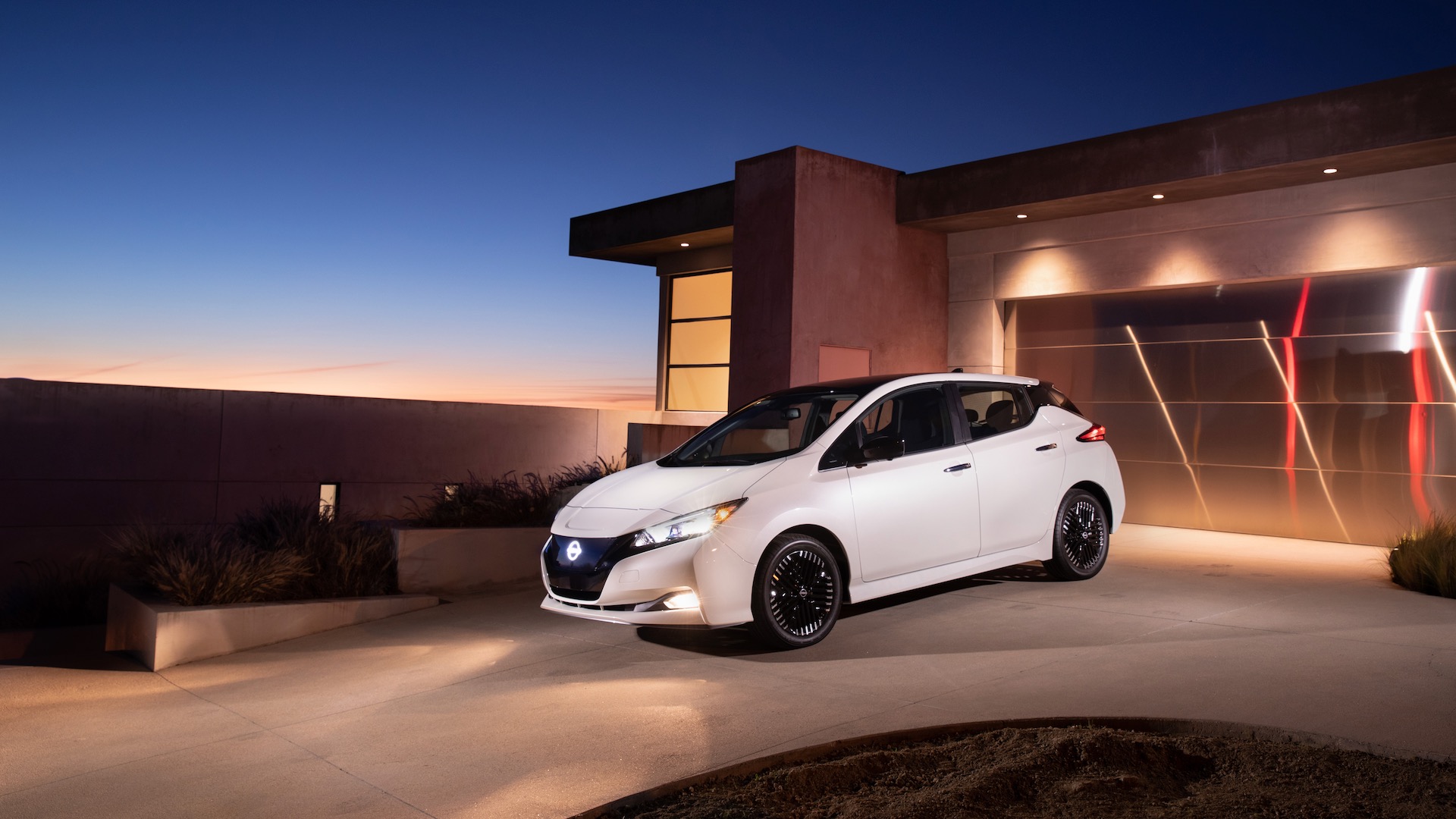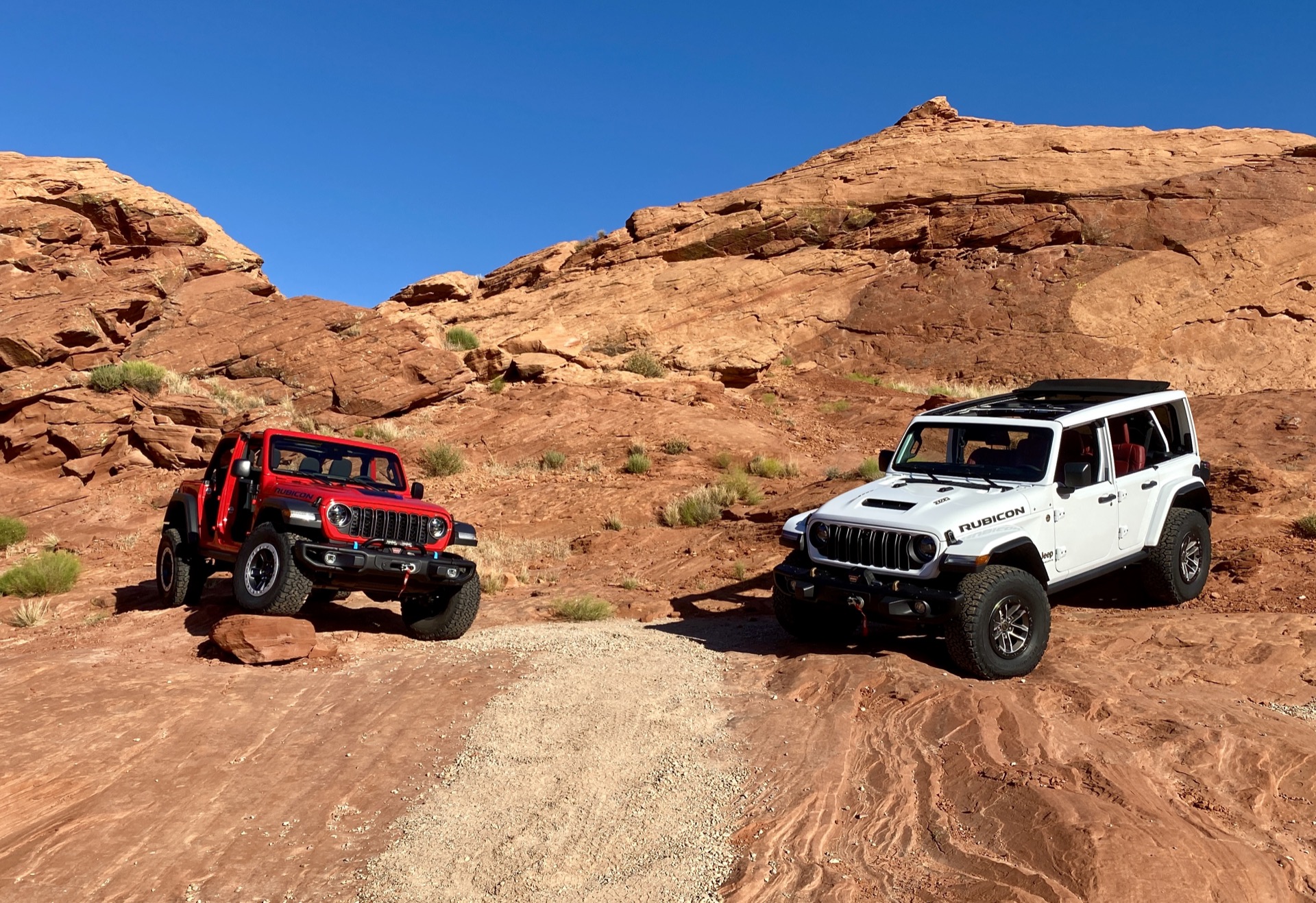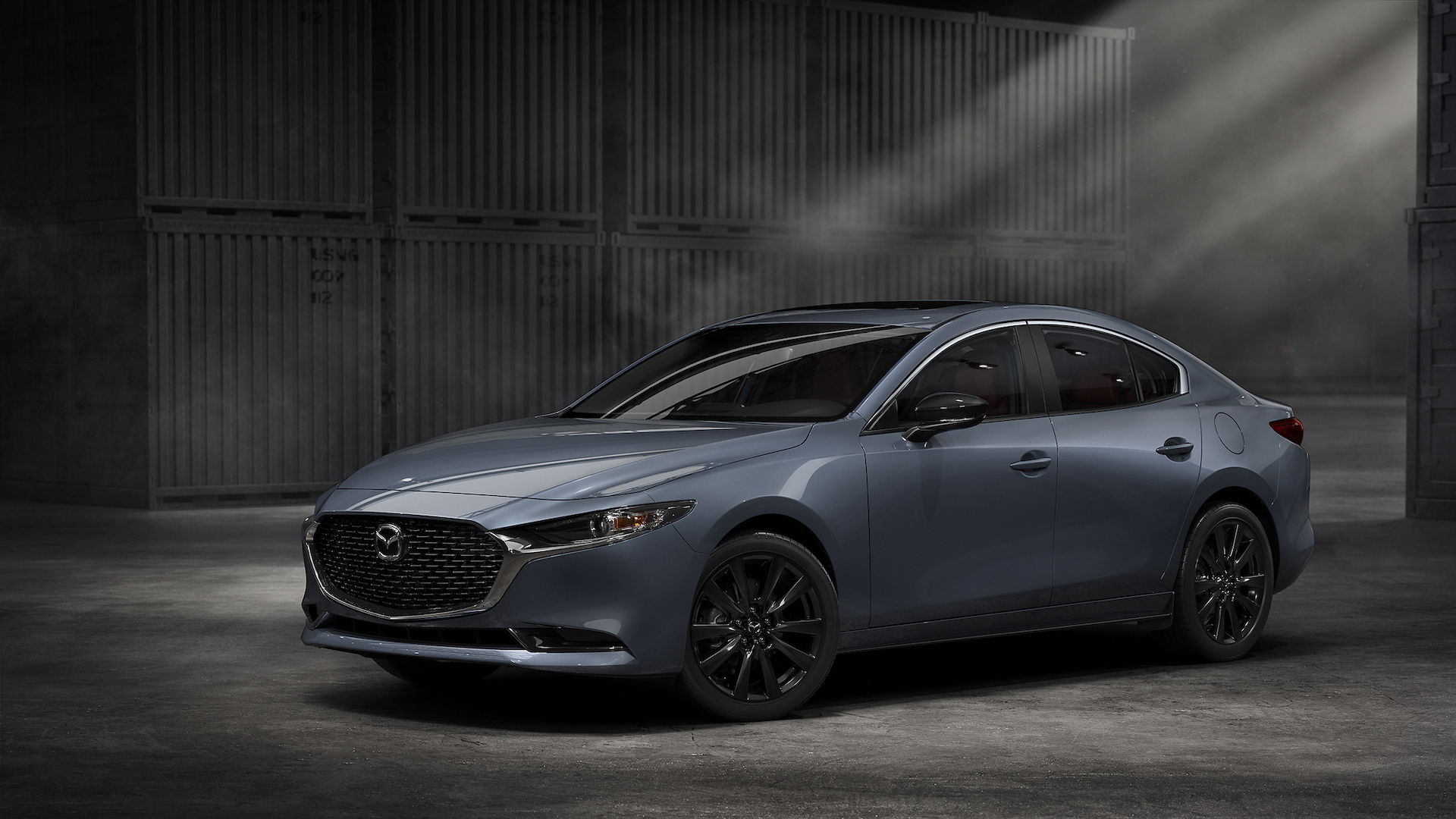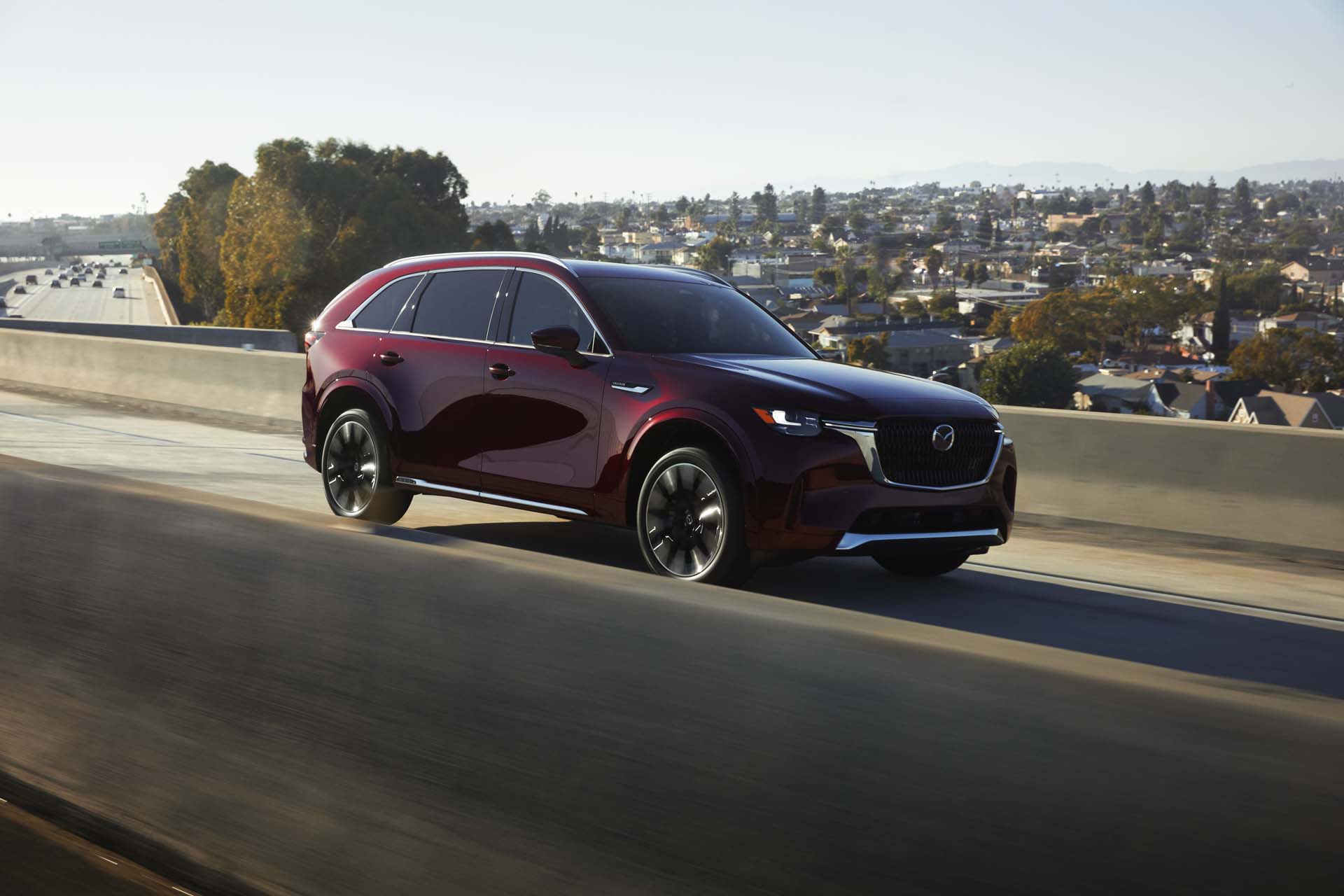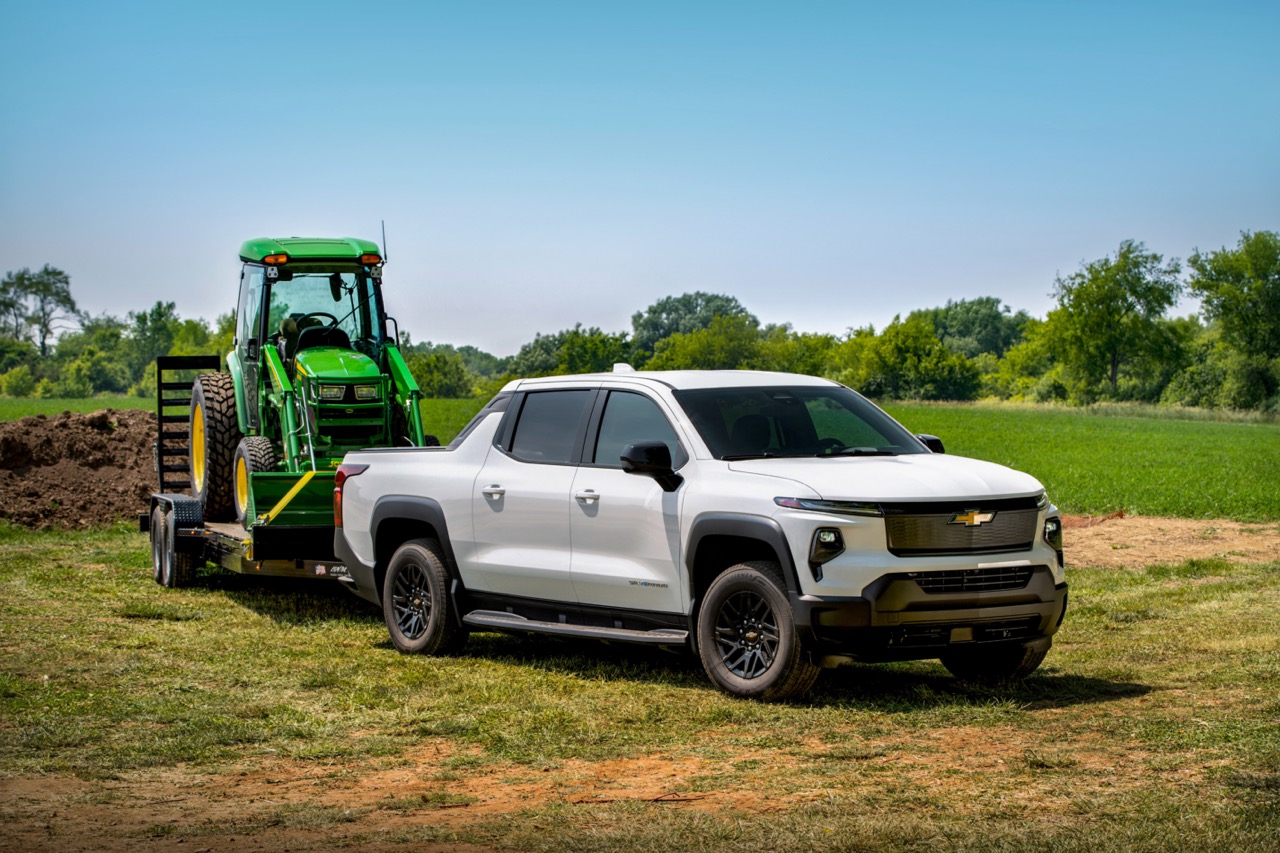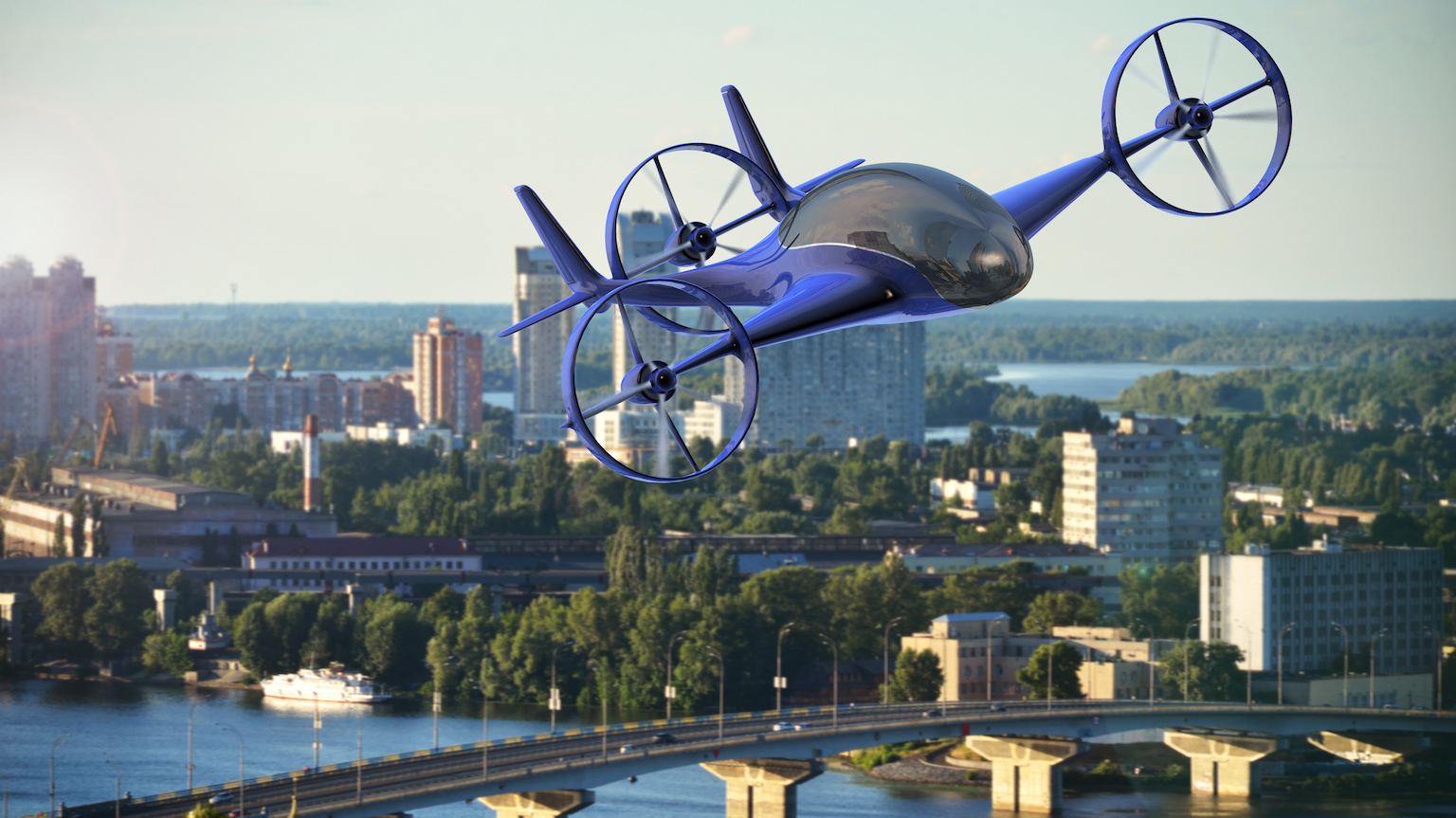The 2024 Toyota Camry, available in gas and hybrid variants, stands as a reputable...
Reviews
The 2024 Mazda CX-50 is a compact crossover designed for the adventure-seeking lifestyle, offering...
The 2024 Chevrolet Traverse has undergone a redesign, making it a three-row crossover SUV,...
The 2023 Toyota Supra is a remarkable two-passenger sports coupe that stands out as...
The 2024 Atlas receives positive reviews as a reliable SUV. It boasts a newly...
What kind of car is the 2024 Nissan Leaf? What does it compare to?...
On the road, the 2024 Jeep Wrangler is compromised by the same mechanical and...
The Mazda 3 sedan and hatchback are compact entry-level cars punching above a class...
A variety of models, including plug-in hybrid options, a healthy set of standard features,...
[ad_1] The Chevrolet Silverado EV is the battery-electric companion to the Chevrolet Silverado 1500,...
